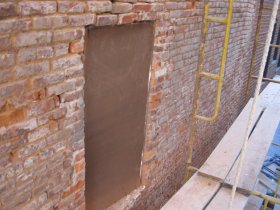
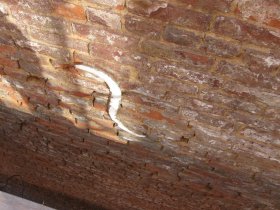
places, but are still solid. Windows are covered during demo to protect from flying mortar.
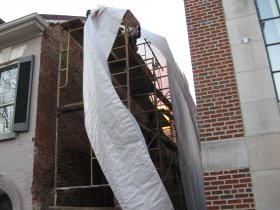
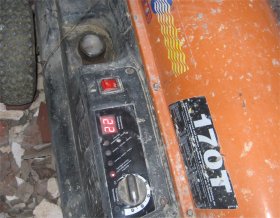
Within 10 minutes the tent will be warm enough to walk around in with a T-shirt on.
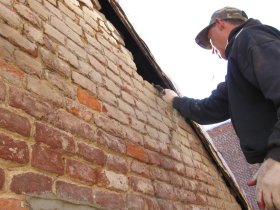
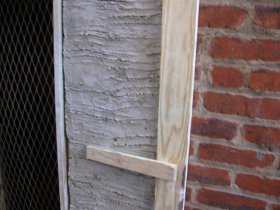
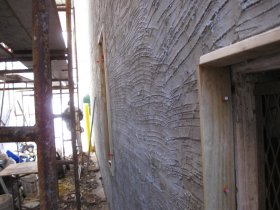
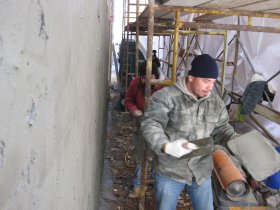
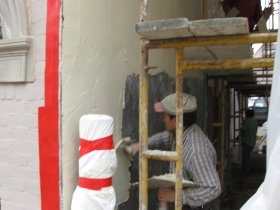
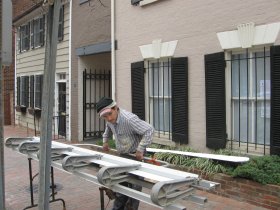
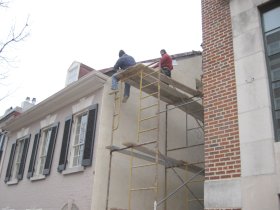
Next step is to take down the scaffold and move to another project.
We did this for an architect firm called Hartman-Cox architects.